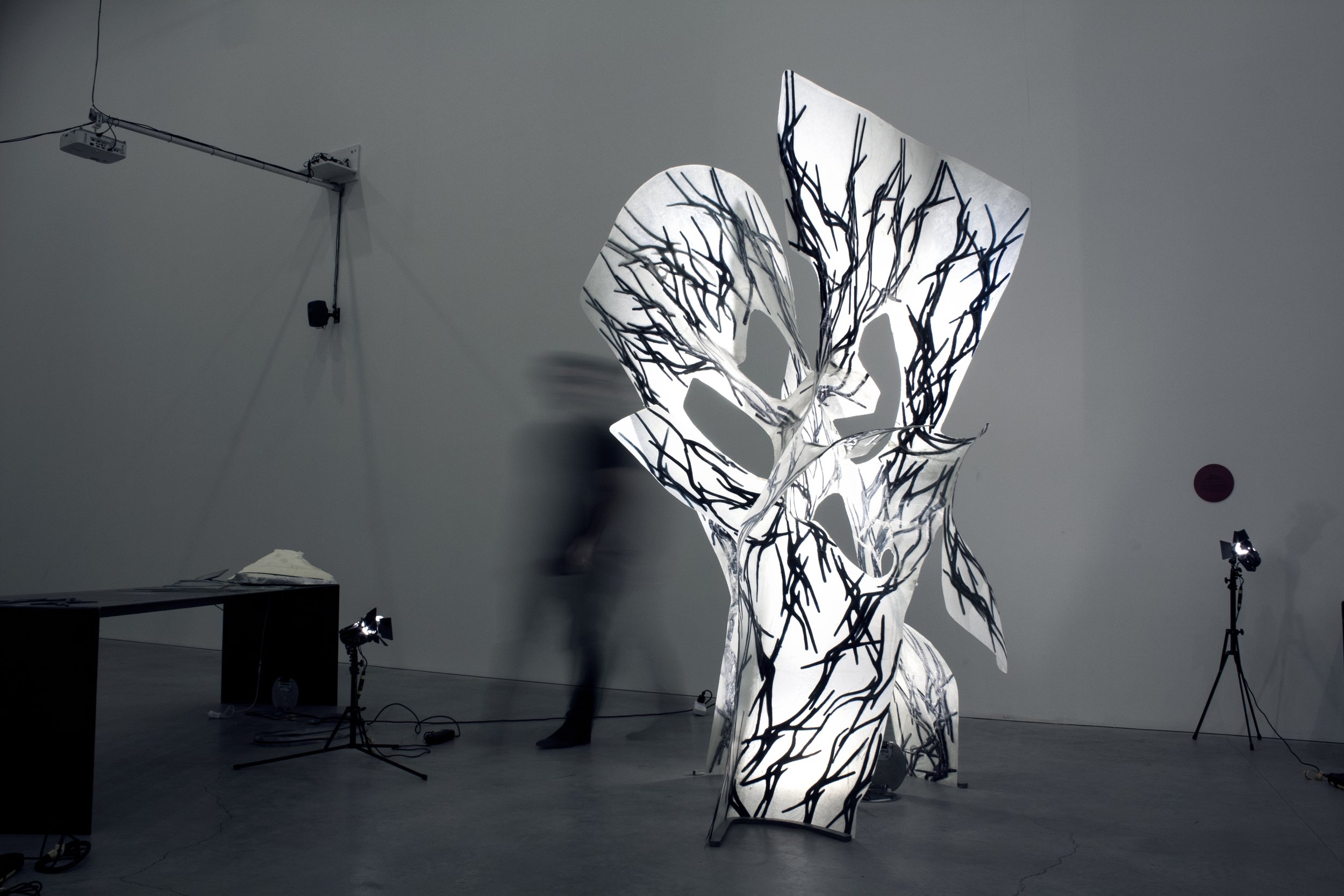MULTI-AGENT GENERATIVE DESIGN
Multi-agent algorithms model the interaction of populations of agents and the complex order that these interactions generate. Through a myriad of local interactions collective behavior emerges at the global scale.
Multi-agent algorithms can be found within natural systems such as the flocking of birds, the schooling of fish, and the behavior of social insects. The intention of applying multi-agent algorithms to architectural design is to harness the non-linear capacity to solve complex problems and negotiate between numerous design imperatives.
Roland Snooks has played a pioneering role in the adoption of multi-agent algorithms in architectural design, and is the internationally recognised leader in this field of research. Roland has been developing this research since 2002.
In 2021 Roland published the book Behavioral Formation, which charts the development of this research and its architectural design implications.
PUBLICATIONS
Snooks, Roland. Behavioral Formation: volatile design processes and the emergence of a strange specificity, Barcelona: Actar, 2021.
Snooks, R. 2012, 'Behavioral matter: Pulsations of the swarm', in Pulsation in Architecture, J Ross Publishing, Florida, USA, pp. 408-413 ISBN: 9781604270235.
TOPICS
Swarm Intelligence
Multi-agent systems
AgentBody algorithm
Manifold Swarm algorithm
Stigmergy
RESEARCHERS
Roland Snooks
Cam Newnham (2015-2016)
Dasong Wang
Alan Kim
RELATED PROJECTS











